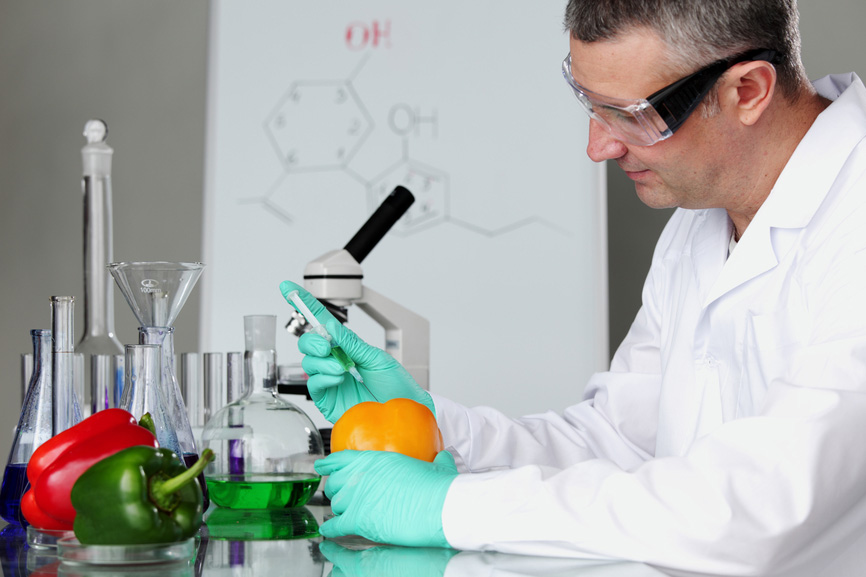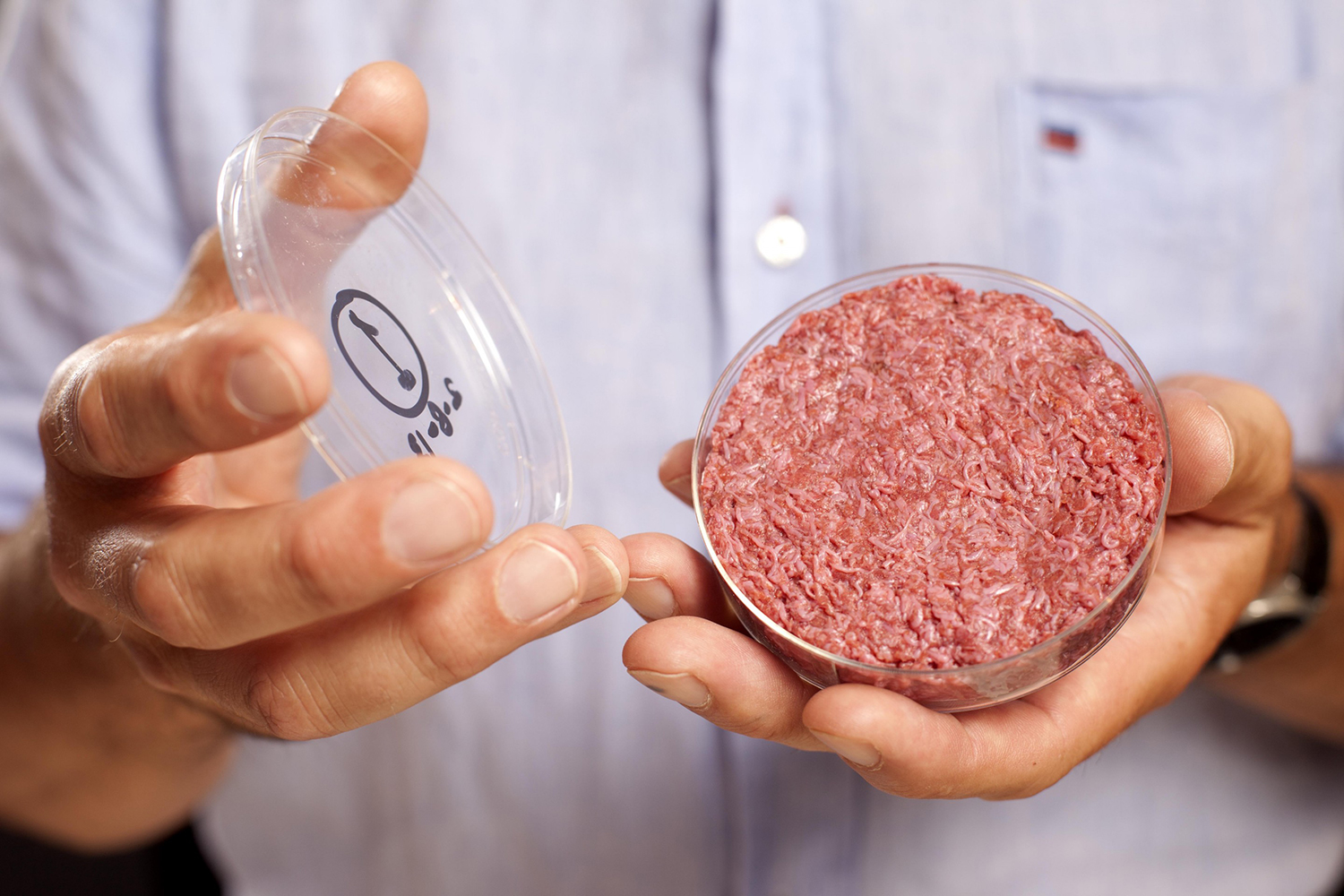How to Help Feed the World
Agriculture has come a long way in the past century. We produce more food than ever before — but our current model is unsustainable, and as the world's population rapidly approaches the 8 billion mark, modern food production methods will need a radical transformation if they're going to keep up. But luckily, there's a range of new technologies that might make it possible. In this series, we'll explore some of the innovative new solutions that farmers, scientists, and entrepreneurs are working on to make sure that nobody goes hungry in our increasingly crowded world.
Food is the ultimate technology.
It might not have circuits, touchscreens, or an app store, but of all the tech we've ever developed as humans, nothing else has had such a direct and significant impact on our progress as a species.
It was agriculture — the cultivation of edible things — that made it possible for humans to progress from nomadic hunter-gatherer tribes and develop settlements, cities, and civilization in general. Later, advances in agricultural technology — things like grain storage, steel plows, and mechanical threshers — allowed us to produce food surpluses, support larger populations, and colonize every corner of this rich, round planet. Food is undoubtedly one of our greatest technological achievements.
What changes will we need to make to ensure we don't go hungry in the future?
It's a double edged sword, though. Our agricultural success has brought humanity to a tipping point. The world's population is expected to grow by over one third (roughly 2.3 billion people) between 2009 and 2050. To feed all those hungry mouths, global food production will need to scale up in a big way. In a world where oceans are already overfished, arable land is increasingly scarce, and climate change makes crop yields unstable and unpredictable, doing so will almost certainly be an uphill battle.
How do we boost production to meet the planet's rising demand for food without exacerbating the problems modern agriculture already faces? Can we continue on our current trajectory without destroying the ecosystems and depleting the resources that sustain us? What changes will we need to make to ensure we don't go hungry in the future?
There's no simple answer to these questions, but as always, recent technological innovations provide a grain of hope. Just as inventions like the tractor, the sprinkler, and chemical fertilizers helped farmers meet rising demand in the past, new technologies might help us in the future. Right now scientists all over the globe are leveraging a new generation of technological tools — things like gene editing, artificial intelligence, and flying robots — to ensure that our food future is secure.
- 1. Humans have been using genetic modification for centuries — but thanks to new tools like CRISPR, scientists now are pushing the practice into bold new territory. Get ready for drought tolerant, disease-proof, ultra high-yield crops.
- 2. Indoor farms can produce high volumes of fresh produce without relying on herbicides, pesticides, or the presence of the Sun. They could also cut down on carbon emissions by growing food directly inside urban areas, rather than producing it in rural areas and shipping it to city-dwelling consumers.
- 3. Animal agriculture is the number one cause of environmental destruction in the world — but nobody wants to stop eating meat. To remedy this problem, scientists are racing to develop lab-grown meat alternatives that taste identical to the real thing, but don't require the cultivation/slaughter of livestock.
- 4. As part of their never ending pursuit of increased efficiency, many farmers are now turning to agricultural robots to cut down on operation costs, and accomplish more with smaller workforces
Many of the solutions we're working on sound like they're plucked straight from the pages of a sci-fi novel. Germany has developed a weed-killing robot that intelligently plucks individual weeds to reduce reliance on herbicides. Tokyo has a vertical farm that uses LEDs and hydroponics to produce thousands of heads of lettuce each day. In the United States, there are at least half a dozen startups racing to create lab-grown meat.
Throughout the next two weeks, Digital Trends will take you on a tour of these new technologies, and offer an inside look at some of the most innovative ideas in agriculture right now. Starting today, we'll publish one feature per day — each of which will highlight a different technology, trend, or idea that's reshaping the Future of Food. This series will cover everything from shrimp farming to robotic bees, and plenty in between — so you won't want to miss it! Be sure to circle back to this page every so often, or sign up for our newsletter if you'd prefer to have articles delivered directly to your inbox. Enjoy!
Editors' Recommendations
- Sustainable with Google 2021: Nest Renew, traffic light efficiency, and more
- The future of manufacturing: A look ahead to the next era of making things
- The future of sustainability: A look at the next evolution of environmental tech
- The future of mobility: 5 transportation technologies to watch out for
- No cows required: This startup's lab-grown milk is identical to the real thing
Source: https://www.digitaltrends.com/cool-tech/future-of-food-introduction/




0 Response to "How to Help Feed the World"
Enviar um comentário